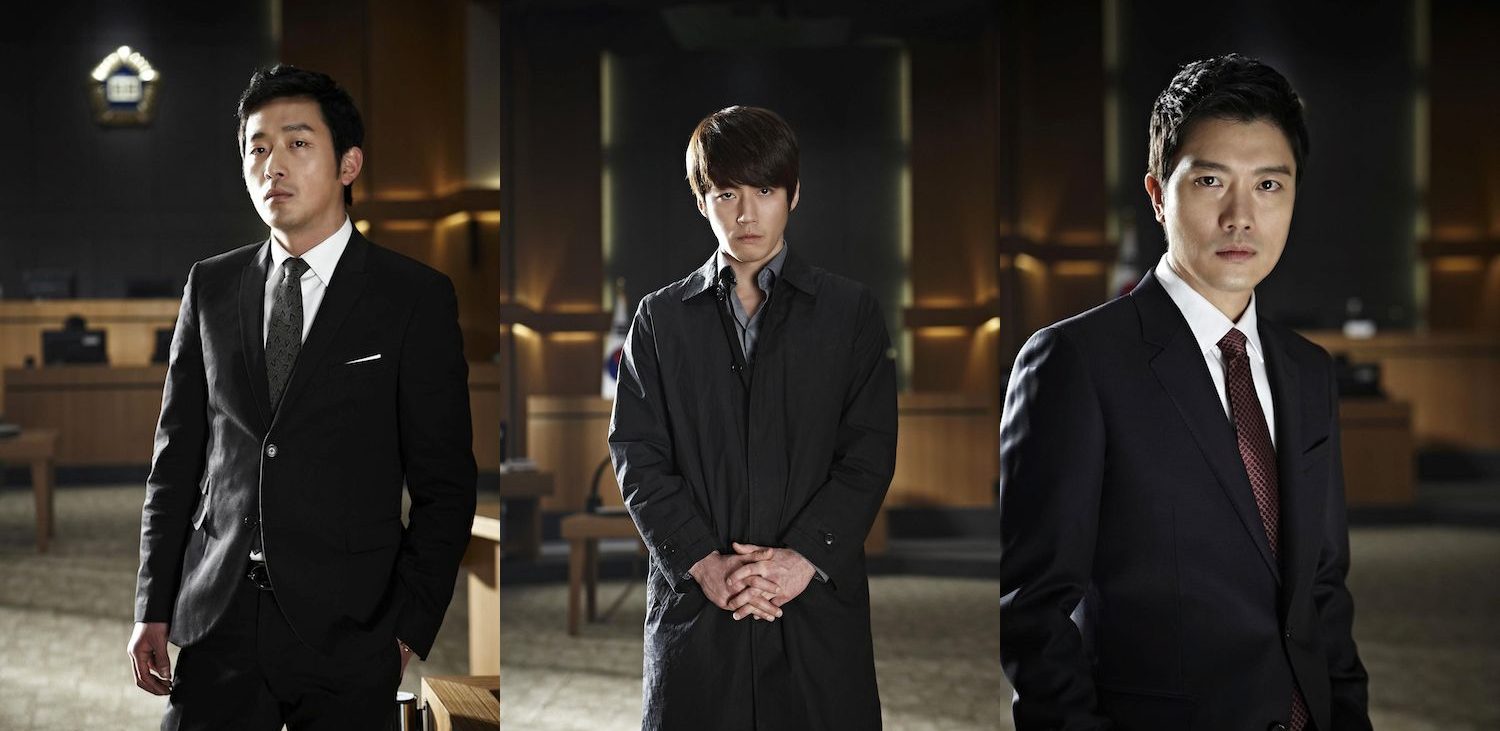The Client 의뢰인
We are into a new year, and as such, are greeted with a new array of films to set our sights upon. This time of year allows for a healthy dose of big-budget local screenings as well as Hollywood films, all jockeying for position to empty our wallets of our holiday bonuses. However, in an attempt to save time and cash, this month’s selection can easily be watched for free, online. Directed by Sohn Young-sung, “The Client” did better than expected at the box office in the fall of 2011. While there are a plethora of love stories and revenge-filled historical dramas being made in South Korea, there are far fewer courtroom dramas. As such, watching “The Client” serves as a window into both the reinterpretation of Hollywood’s take on the genre, but also a brand of film attempting to come into its own.
First off, as this film is readily available online (via a YouTube search for “The Client Korean Movie”), there will be no hint of any sort of spoiler within this review. If you readers are familiar with the Joel Schumacher film of the same name, fear not. This is not a simple re-branding of the story that garnered Susan Sarandon her fourth (failed) academy award nomination for best actress way back in the mid-nineties. Therefore, it is fair enough to say that the three lead roles (all male) manage to pull off distinct performances without getting in each other’s way (those waiting to see a female do anything more than scrub a coffee stain off a desk or steal a middle-aged man’s toupee will be disappointed.) There is also a well-timed climactic moment within one of the latter courtroom sequences that yanks even the most passé viewer’s heart to attention. Overall, the film manages to survive a few terribly timed double-take cuts to produce a very entertaining two hours.
The above being said, “The Client” seems best appreciated while retaining a slightly objective viewpoint. When watching this film, it is difficult not to compare it to its Hollywood counterparts or other North American courtroom dramas. As such, more subtle details become intriguing. For example, noting how the speed and intonation of dialogue navigate the courtroom in culturally specific hierarchies showed this reviewer his own conditioning on the subject. Or take the director’s embrace of blood yet tasteful restraint from bringing unnecessary gore onto the screen. Consider also the unique design of the courtroom set itself, which seemed, perhaps, more akin to the set of a sci-fi film than to the neo-classical designs represented onscreen of many British, American, and Canadian courthouses.
In short, whether seeking to compare a Korean court drama with the likes of similar Western films or just seeking two hours’ worth of semi-sober entertainment, “The Client” will likely prove worthy of your intrigue.





